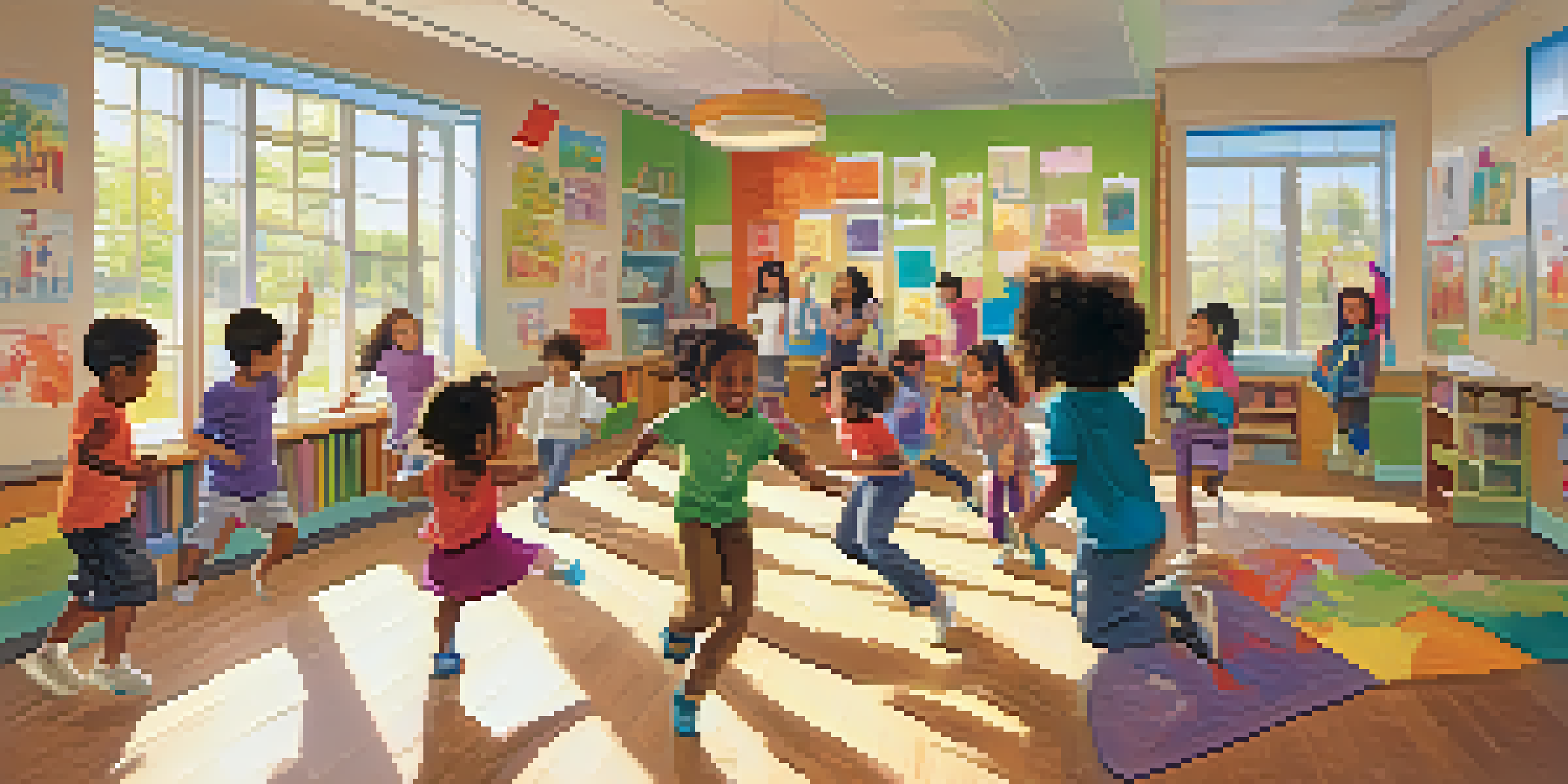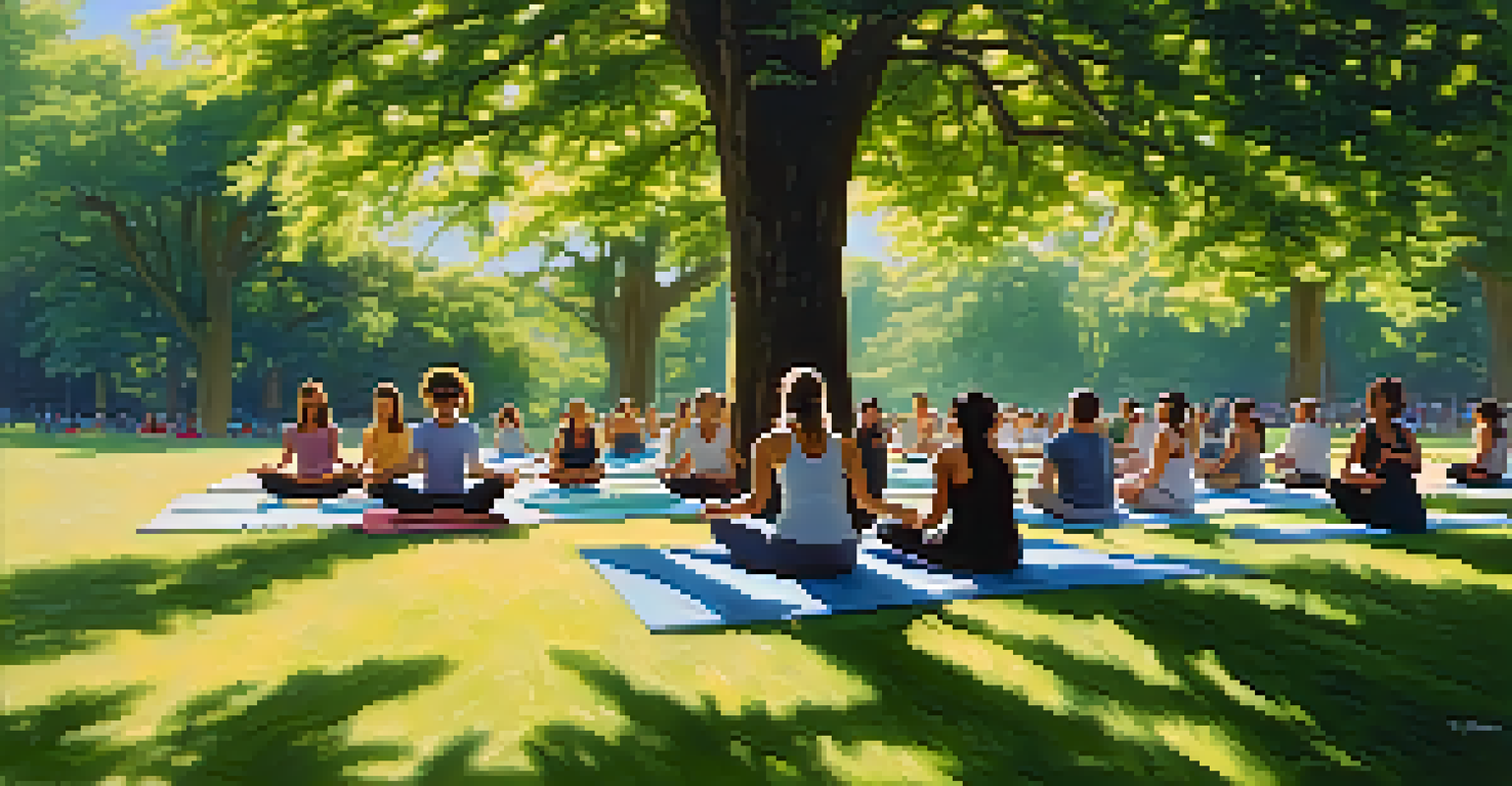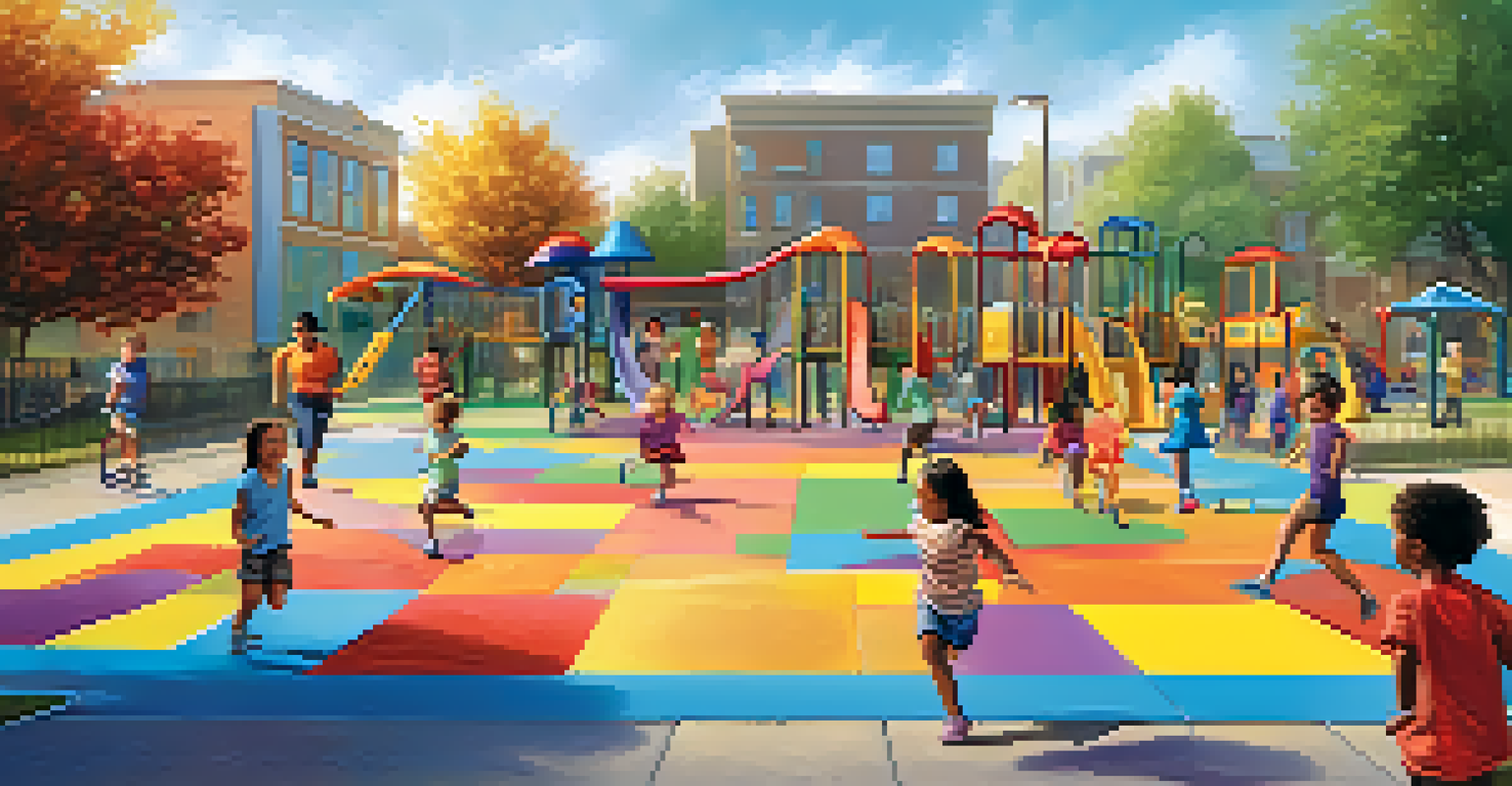The Connection Between Movement and Learning in the Brain

Understanding the Brain's Learning Mechanism
The brain is a complex organ that processes information and facilitates learning through neural connections. When we learn something new, our brain creates pathways that strengthen over time with practice. This process is often referred to as neuroplasticity, which allows our brains to adapt and grow based on experiences.
Movement is a medicine for creating change in a person's physical, emotional, and mental states.
Interestingly, physical movement plays a crucial role in this learning process. Engaging in activities like walking or dancing not only stimulates blood flow but also enhances the brain's ability to form and reinforce these neural connections. This means that moving our bodies can actually make learning easier and more effective.
A simple analogy is to think of the brain as a garden. Learning is like planting seeds, and movement is the water that helps those seeds grow. Without water, the seeds may struggle to thrive, just as our learning can be hindered without the stimulus of physical activity.
The Science Behind Movement and Learning
Research has shown that physical activity increases the production of brain-derived neurotrophic factor (BDNF), a protein essential for the survival and growth of neurons. Higher levels of BDNF are associated with improved cognitive functions, including memory and learning capabilities. This highlights the biological link between movement and enhanced brain function.

Moreover, studies indicate that children who engage in regular physical activity tend to perform better academically. This correlation suggests that incorporating movement into learning environments, such as through active breaks or kinesthetic learning techniques, can lead to better educational outcomes.
Movement Enhances Learning
Physical activity stimulates brain functions, improving cognitive abilities and making learning more effective.
Think of it this way: just as a car runs more efficiently with regular maintenance, our brains operate better when we keep them active. Movement acts as that maintenance, ensuring our cognitive engines run smoothly and effectively.
Movement as a Tool for Memory Retention
One of the most fascinating aspects of the connection between movement and learning is its impact on memory retention. Studies have shown that physical activity can improve memory recall and retention. This is particularly beneficial for students who need to absorb large amounts of information.
Play is the highest form of research.
For example, incorporating movement-based activities, like using gestures while learning vocabulary or acting out concepts, can enhance memory by creating stronger associations in the brain. The physical action reinforces the learning experience, making it more memorable.
Imagine trying to remember a dance routine. The more you practice the moves, the more ingrained they become in your memory. Similarly, when we pair learning with movement, we create a dynamic learning experience that helps information stick.
The Role of Play in Learning Through Movement
Play is an essential aspect of childhood development and learning, and it often involves movement. Engaging in play allows children to explore their environment, learn new skills, and develop social connections—all while moving their bodies. This active engagement fosters cognitive growth in ways that traditional learning methods may not.
Activities like tag, hopscotch, or even interactive games provide opportunities for children to learn problem-solving skills and enhance creativity. The spontaneous nature of play encourages children to think on their feet, adapt, and learn from their experiences, all while being physically active.
Play Fuels Cognitive Growth
Engaging in play allows children to learn new skills and develop problem-solving abilities through active movement.
Think of play as a workshop for the brain, where movement and learning go hand in hand. Just as artisans refine their skills through practice, children refine their learning abilities through play.
Mindfulness and Movement: A Learning Duo
In recent years, the practice of mindfulness has gained popularity, particularly in educational settings. Mindfulness, which often incorporates movement, such as yoga or tai chi, promotes a sense of calm and focus. This mental clarity can significantly enhance the learning process.
When learners engage in mindful movement, they become more aware of their bodies and thoughts, creating an optimal state for absorbing new information. Studies have shown that students who practice mindfulness report improved concentration and academic performance.
Consider mindfulness as a reset button for the brain. Just as a computer runs better after a reboot, our minds can function more effectively when we take the time to center ourselves through mindful movement.
Creating Movement-Rich Learning Environments
To harness the benefits of movement in learning, it's essential to create environments that encourage physical activity. This can be as simple as incorporating standing desks, allowing for movement breaks, or designing lessons that involve hands-on activities. Such changes can transform a traditional classroom into a dynamic learning space.
Educational institutions that prioritize movement often see improved student engagement and retention. When learners are given the freedom to move, they are more likely to participate actively and absorb information more effectively.
Mindfulness Boosts Focus
Incorporating mindfulness practices with movement fosters mental clarity, enhancing concentration and academic performance.
Think of it like a recipe: the right ingredients (in this case, movement) enhance the overall dish (learning experience). A little creativity in structuring learning environments can lead to delicious outcomes for students.
Conclusion: Embracing Movement for Lifelong Learning
As we explore the connection between movement and learning, it becomes clear that integrating physical activity into our daily routines is more than just a way to stay fit. It's a vital component of cognitive development that can enhance our ability to learn and retain information.
From children in classrooms to adults in professional settings, everyone can benefit from embracing movement in their learning journeys. Whether it's through play, mindfulness, or simply taking a walk, finding ways to incorporate movement can lead to significant improvements in our cognitive abilities.

In essence, movement is not just about physical health; it's a key ingredient in the recipe for effective learning. So let's get moving and unlock our full potential together!